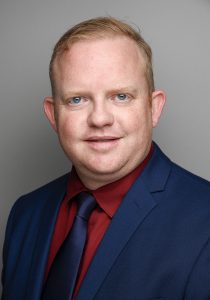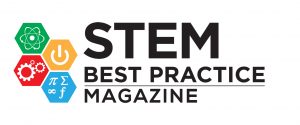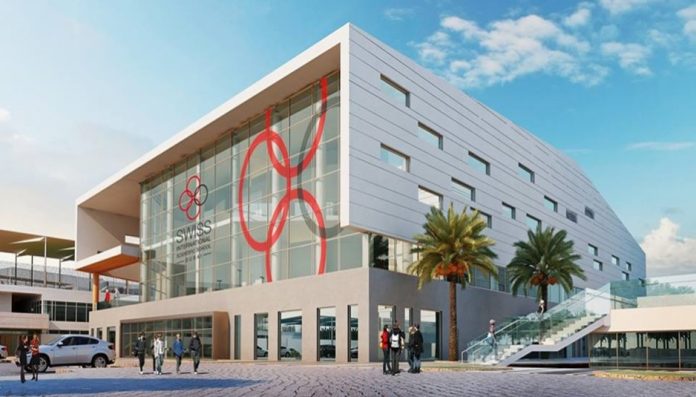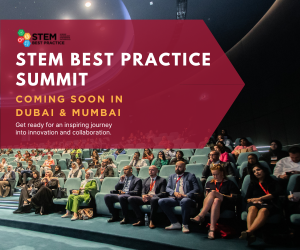Swiss International School, Dubai, is an IB bilingual school, for students aged 3-18 years. Based in Al Jaddaf, the school offers day and boarding education, and has a unique bilingual proposition, with French and German being taught bilingually throughout the school in a co-teaching setting.
Our STEAM programme was specifically developed for our students who are developing their language skills in German or French, through this they can attend language acquisition classes which support them to access the language at a steadier pace.
When the school decided to introduce the STEAM programme, we specifically looked at the advantage that STEAM education will have for our children’s future education choices. STEAM education is an approach to learning that integrates Science, Technology, Engineering, Arts, and Mathematics.
Our programme:
1. Develops critical thinking skills: STEAM education encourages students to think critically and creatively. It pro- motes problem-solving skills, decision- making skills, and analytical thinking.
2. Promotes teamwork and collaboration: STEAM education involves group projects and activities, which can help students learn to work collaboratively and effectively with others.
3. Provides real-world applications: STEAM education emphasizes the practical application of knowledge and skills, helping students understand how they can use what they learn in the real world.
4. Prepares students for the future: STEAM education equips students with the skills and knowledge they need to succeed in the 21st-century workplace, where technology and innovation are increasingly important.
5. Fosters innovation and creativity: STEAM education encourages students to explore, experiment, and innovate, fostering creativity and a love of learning.
6. Enhances problem-solving skills: STEAM education provides opportunities for students to engage in problem- based learning, where they can use their skills to solve real-world problems.
7. Increases engagement and motivation: STEAM education is hands-on and interactive, which can increase student engagement and motivation.
Our STEAM programme is integrated into our IB PYP (International Baccalaureate Primary Years Programme) units. This allows us to incorporate even greater trans-disciplinary integration when students are introduced to the inquiry that they will work on. The programme is further enhanced by the rich Language and Arts integration classes we offer.
Transdisciplinary learning is characterized by a focus on real-world issues, a commitment to collaboration and dialogue across disciplinary boundaries, and an emphasis on experiential learning and reflection. It involves engaging students in problem-solving and critical thinking activities that draw on a range of knowledge and skills from different fields, such as science, mathematics, social studies, arts, and humanities.
Transdisciplinary learning is becoming increasingly important in today’s world, as many of the most pressing challenges facing society, such as climate change, poverty, and inequality, are complex and require solutions that draw on multiple perspectives and areas of expertise. By promoting trans- disciplinary learning, our educators help students develop the skills and knowledge needed to address these challenges and create a more sustain- able and equitable future. At the start of each unit, our students are introduced to a problem, the problem is also related to the IB Unit of inquiry that students are working on. We usually introduce our problem through Language Arts, since students can make a connection with the character that is facing the problem, making a real-world connection with students, and this was the case with the STEAM activities too.
Problem-based learning is a student- centered approach in which students learn about a subject by solving an open-ended problem in groups. This issue is what drives student motivation and learning. As students dive into the problem, they are introduced to their learning team and the parameters of the project that they will collaborate on. Project-based learning allows students to investigate and develop opportunities to change or overcome obstacles in their ‘real world.’ We ask our students to think critically, solve problems, and investigate ways to answer the driving question. This is then where the “magic” starts.
The students will now decide which facet of the transdisciplinary skills they want to use to solve the problem. When they choose to use Science, teachers then help them to identify the specific Science concept that they want to learn about. They complete Scientific Investigations, research and compare their results with others. If the students decided they require a mathematical solution, teachers will then facilitate the required mathematical support. Even more fun happens when students start designing the solution, for this, we follow a simplified version of the IB MYP (International Baccalaureate, Middle Years Programme).
The goal of the engineering design cycle is to create a prototype that is the solution to the stated problem, and it helps to structure:
– inquiry and analysis of design problems
– development and creation of feasible solutions
– testing and evaluation of students’ models, prototypes, products or systems.
Throughout all projects and problems, our students will learn a significant number of transferable skills and an appreciation for our world and our environment.
Some example activities that students have completed:
Grade 1:
Students were introduced to the story of the Gingerbread Man, running away from everyone that wants to eat him.
Once the Gingerbread Man arrived at the river, the story was stopped. Students then collaborated on a plan to help the Gingerbread Man.
The students were then given different types of weak materials to build a bridge or a boat for the main character. Testing the initial prototype through a scientific inquiry, students realized that they would need stronger materials that should be waterproof.
This opened many different lines of inquiry, allowing students to learn about floating, sinking, waterproofing and strength.
Finally, after students explored the scientific principles of the materials, they completed a final design. Throughout the project, students developed a range of skills, including measurement, storytelling, scientific investigations, and key understandings of materials.
Grade 2: 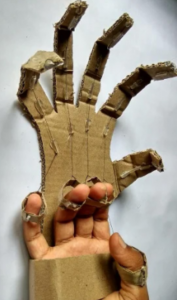
Students were introduced to the story of Bethany Hamilton, who tragically lost her arm in a shark attack. The problem the students had to approach was: Having a physical disability can be a challenge many people face world- wide. As students were introduced to the problem, they created their own stories that had to explain what challenges they would face if they lost a limb in an accident.
The students were then challenged to create a functioning prosthetic using cardboard. Students inquired into elementary robotics attaching string and straws to make the hand of the prosthetic functional. Finally, students retold the story using their prosthetics while recording it using a digital device, learning more about video editing and green screening.
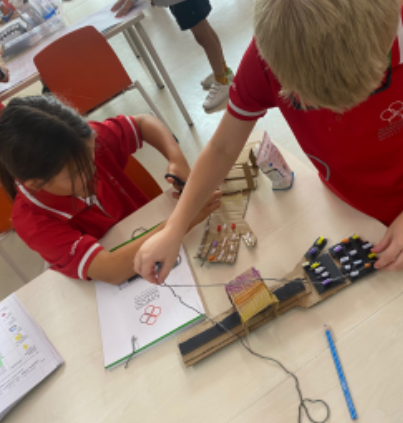
Grade 3:
Students inquired into: Food scarcity and the availability of natural resources to cook are challenging. Students were introduced to this problem by watching a news clip highlighting the cost of living for people living in rural areas around the world. Student teams designed and constructed a functional solar over model demonstrating knowledge and understanding of renewable energy.
Throughout the inquiry, students learned about the types of materials and their characteristics, heat retention, conducting heat and reflecting light. As part of the design and construction, students had to carefully measure their parts and join them together to create a functional solar oven, capable of heating a marshmallow past its melting point.
The transdisciplinary learning that took place during this project, allowed students to gather a significant number of skills and understandings that will be transferable for future projects and activities.
Grade 4:
Students are currently focusing on the central idea that the condition of inter- related body systems determines individual needs. During this unit, students prepare for a “Bodyology Fair” where they will present their knowledge and understanding of a specific body system. Students become medical experts that will identify a related illness or disease related to the body system and then create a solution that will solve or prevent the illness.
Students will follow the engineering design cycle to create a prototype for the solution. Throughout the unit, students use their Science, Technology, Arts and Mathematics skills to create a final product which they then present to parents and other visitors.
Grade 5:
Students inquired into the following question: What happens when some- thing disrupts the ability of an ecosystem to meet the needs of the organisms in it?
Students were introduced to a modern- day threat to agriculture across the globe, called the red palm weevil (Rhynchophorus ferrugineus) which
is responsible for destroying date palm groves across the UAE and the world.
Learner teams inquired into the weevil, how it can be identified, its life cycle and the palm species that are most at risk. Student teams were then set the scenario that they are going to be responsible for saving the last remaining date palm trees and that they will need to construct a biodome that will need to be a suitable ecosystem for the plants while protecting them from the threat. Students designed their biodomes using a 3D modelling programme and then transferred their designs to Mine- craft Education.
Once the biodomes were constructed, students had to create a video tour of their biodome, explaining how they will maintain the dynamic equilibrium.
Our programme is constantly evolving as we develop our teachers’ and students’ skills, and we know we are preparing our students to become problem solvers, innovators, and creative critical thinkers.
By Jacobus de Leeuw
